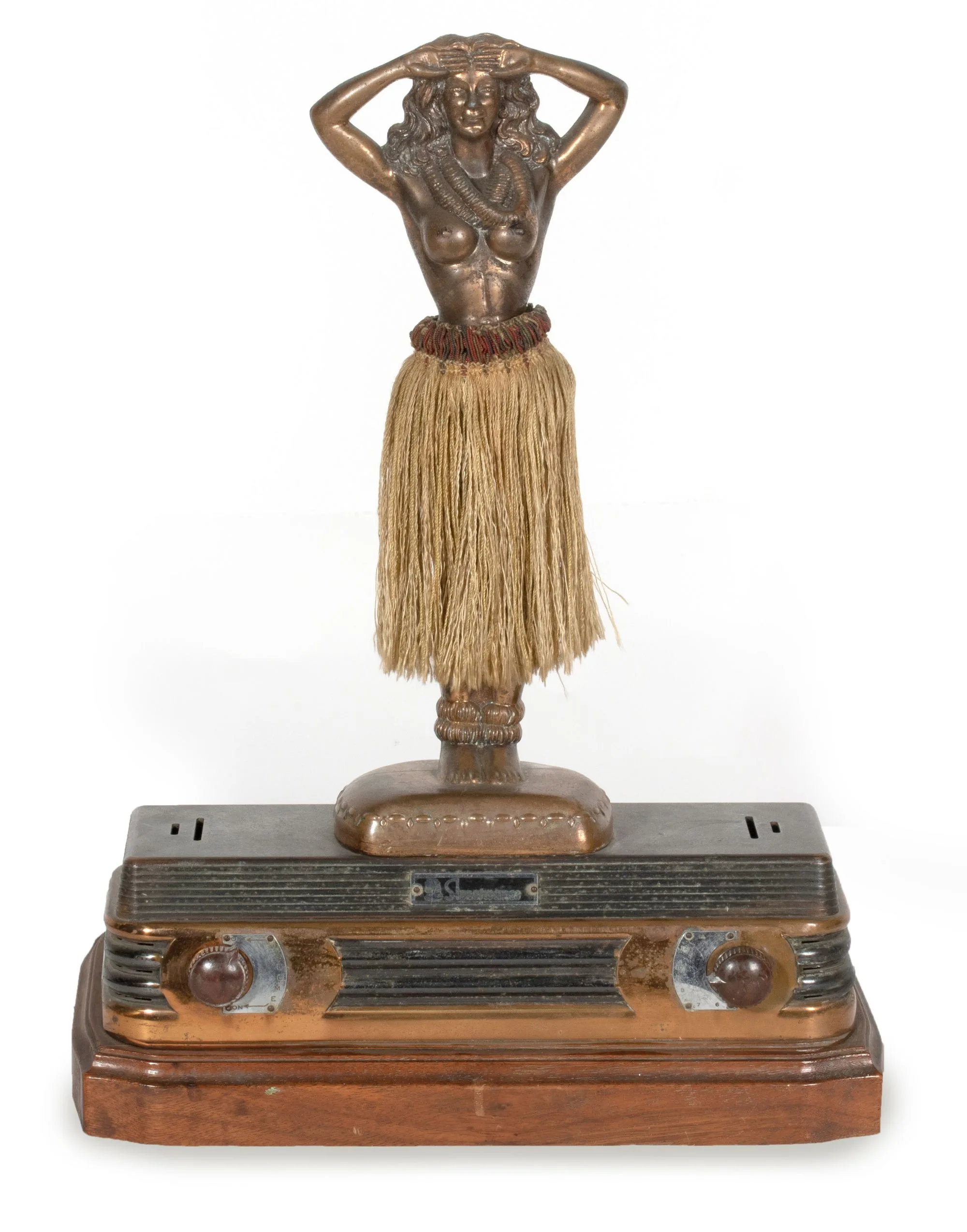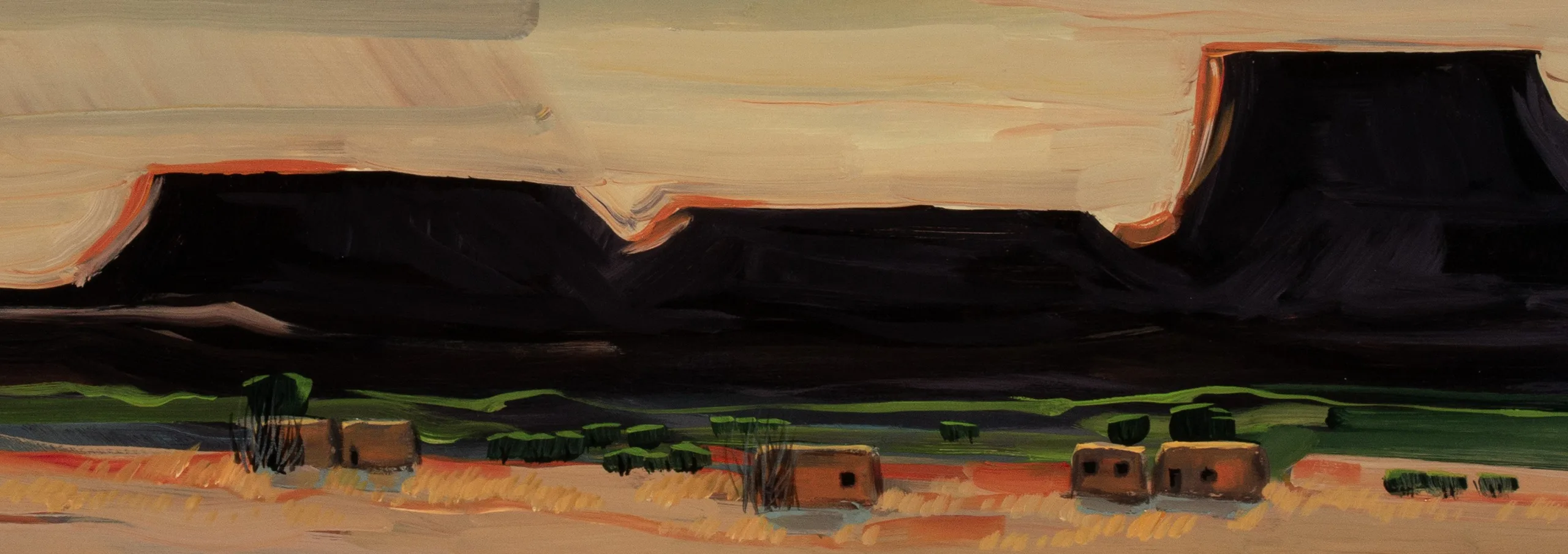
27th Annual Spring Art Auction
Saturday March 29 | Sunday March 30
A Two-Day event Live and Online
Our Spring sale was brimming with original art in diverse styles and periods spanning 19th century landscapes to 20th century abstractions, along with pencil-signed lithographs, woodcuts, etchings and dry point impressions from the golden age of American printmaking.
Thirteen Record High Prices Established in this Auction
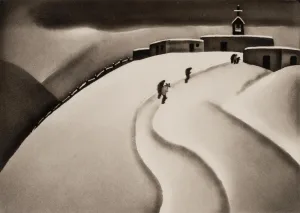
(1903-1996)
SOLD $28,320

(1913-2008)
SOLD $28,320
Highest Per Sq. Inch, 2nd Highest on Record
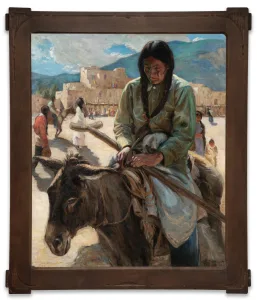
(1893-1981)
SOLD $8,500
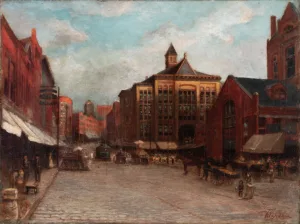
(1864-1929)
SOLD $6,000

(Kansas, 1931-2014)
SOLD $3,200
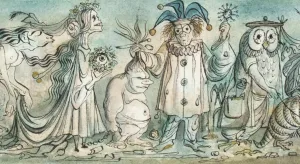
(1922-1977)
SOLD $4,000
Second Highest on record
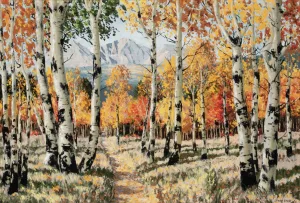
(1886-1980)
SOLD $3,800
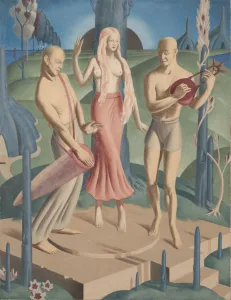
(1909-2007)
SOLD $3,600
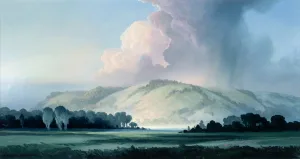
(1930-2020)
SOLD $3,200
Second Highest on Record
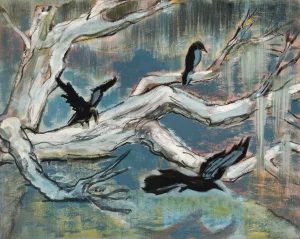
(1897-1966)
SOLD $2,600

(1869-1949)
SOLD $2,000
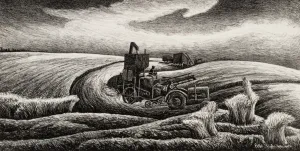
(1903-1972)
Record for a Lithograph $1,700
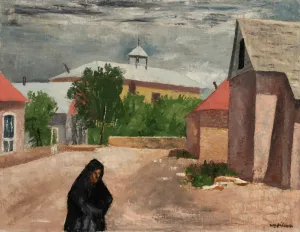
(1904-1972)
SOLD $1,500

(20th21st Centuries)
SOLD $1,200
Saturday March 29:
American and European Art, Artists of the WPA, Western Art, Surrealizm, Modern Design, Sterling Silver and Jewelry. View the results here.
Sunday March 30:
Midwest Regionalists including Thomas Hart Benton, Grant Wood, John Steuart Curry, Albert Bloch, Students of Benton, Kansas City Art Institute Instructors and their students, Early 20th Century Kansas City Female Artists and other Midwest Masters. View the results here.
SOLD $6,500
SOLD $5,000
SOLD $40,000
SOLD $3,600
SOLD $14,000
SOLD $8,000
SOLD $3,400
SOLD $28,000
Our 27th Annual Spring Art Auction
is Filled with Stories in American Art
The idea that a picture is worth a thousand words is nothing new. Picasso spoke to this when he said “Painting is just another way of keeping a diary.” Rod Stewart even belted it out in his song Every Picture Tells a Story – adding “Don’t it?” to the refrain. Clearly an art auction filled with pictures will have stories to tell. This one is shaped up to offer more than we expected.
The Paintings and Passions of Ron Slowinski
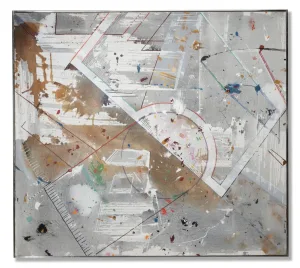 One example is the story of Ron Slowinski (1942-2023). Ron was an instructor at the Kansas City Art Institute for 39 years, and a studio painter for nearly 60. But the best part is how Ron’s deep knowledge of things like Buddhism, Native American mysticism or exotic cultures (to name just a few) manifested on his canvases.
One example is the story of Ron Slowinski (1942-2023). Ron was an instructor at the Kansas City Art Institute for 39 years, and a studio painter for nearly 60. But the best part is how Ron’s deep knowledge of things like Buddhism, Native American mysticism or exotic cultures (to name just a few) manifested on his canvases.
Bruce Hartman, Founding Executive Director & Chief Curator (retired) of the Nerman Museum of Contemporary Art, described it best: “Ron Slowinski drew considerable inspiration from the landscape and Indigenous cultures of the American Southwest, most especially northern New Mexico. Many of his lyrical and sublime abstractions are infused with the colors and patterns inherent to this region. As a consequence, he can be considered one of the most important modernist/contemporary painters of New Mexico, as well as the Midwest.“
Retreat of American Blue Rider: Albert Bloch in Kansas
Another unexpected turn is the appearance in this auction of a painting by the artist Albert Bloch (1882-1961). Works by Bloch don’t often appear at auction. Only one was offered last year, and two the year before. But the real intrigue here is the enduring mystery of this enigmatic artist who chose to settle in Kansas. To paraphrase filmmaker Tim De Paepe: Albert Bloch is perhaps the most famous American Midwest regionalist painter you never heard of. From what we know about Albert Bloch, he would be fine with that.
 Albert Bloch experienced considerable recognition as a groundbreaking Modernist painter in the Blue Rider Group of Munich’s avantgarde art scene during the years leading up to and just after WWI. He shrugged off that acclaim, something most artists struggle to achieve but never do, and chose instead a quiet life writing poetry and painting in the attic of his home on Alabama Street in Lawrence, where he taught at the University of Kansas.
Albert Bloch experienced considerable recognition as a groundbreaking Modernist painter in the Blue Rider Group of Munich’s avantgarde art scene during the years leading up to and just after WWI. He shrugged off that acclaim, something most artists struggle to achieve but never do, and chose instead a quiet life writing poetry and painting in the attic of his home on Alabama Street in Lawrence, where he taught at the University of Kansas.
The dichotomous life of Albert Bloch has been the subject of books, film and exhibitions of his work. Each seems to produce almost as many questions as answers about the man. We’ll join the fray and attempt to tell you something about the mysterious Mr. Bloch as we present his published and exhibited oil on canvas from 1936 titled “Winter”, along with two very rare drypoint impressions from his time in Germany. Dr. David Cateforis, Professor and Chair of Art History, The University of Kansas has provided an essay on the three works up for bid here.
The Heavy Ruminations of Richard Gillespie
Like Albert Bloch, the sculptor and teacher Richard Gillespie (1935-2021) was an instructor of art at the University of Kansas for more than two decades.
 He was born and raised in Kansas City, Kansas and attended the Kansas City Art Institute in 1965. Black, welded, steel sculpture was Richard’s medium of choice. The bigger, darker, more mysterious, the better. In a review for the Kansas City Star, art critic Kate Hackman summed up three of Richard’s works from a 2002 exhibition at Dolphin Gallery, saying “…with economy of means, Gillespie imparts a potent, haunting vision.”
He was born and raised in Kansas City, Kansas and attended the Kansas City Art Institute in 1965. Black, welded, steel sculpture was Richard’s medium of choice. The bigger, darker, more mysterious, the better. In a review for the Kansas City Star, art critic Kate Hackman summed up three of Richard’s works from a 2002 exhibition at Dolphin Gallery, saying “…with economy of means, Gillespie imparts a potent, haunting vision.”
Yet Richard and his pharaonic, transcendental iron sculptures are largely unknown. No wonder. He hated parting with or selling his work, and rarely did. He would back out of deals, or quote outrageous prices. Once, he gave a sculpture to his friend and fellow Stanford University graduate, artist Matt McCoy, then took it back. His single significant transaction was to the Nelson Atkins Museum of Art in 1979, and according to Matt, Richard never stopped pondering on how he might get it back.
Richard’s unusual approach to self-promotion leaves us with the happy task of finding and knitting together the story of this beloved teacher and mysterious artist. It promises to be a fascinating tale. The sculpture pictured here will be offered in a future auction.
The Untold Story of Old Chris the Fiddler
Traditional academies of art emphasized painting and drawing nude figures, but in Thomas Hart Benton’s classes at the Kansas City Art Institute, models of a different sort were preferred. Benton’s students sought subjects with character—unique facial features, expressive hands, and diverse backgrounds. Benton himself said, “This old black man was picked up by one of my students on East 18th St in Kansas City and was persuaded to come to my class at the Kansas City Art Institute to pose.”
 One such model was a 78-year-old musician known until now simply as “Old Chris” the fiddle player. Many students and instructors painted Chris, including Mary Ann Hemme Bransby, John Stockton De Martelly, and Jackson Lee Nesbitt, whose 1941 egg tempera on board is a highlight of our upcoming March 30 auction.
One such model was a 78-year-old musician known until now simply as “Old Chris” the fiddle player. Many students and instructors painted Chris, including Mary Ann Hemme Bransby, John Stockton De Martelly, and Jackson Lee Nesbitt, whose 1941 egg tempera on board is a highlight of our upcoming March 30 auction.
Christian J. Gove was born in 1863 in Linn, Missouri and, according to real estate transfers, settled in Kansas City in the late 1880s. He worked as a carpenter for the Frisco Railroad and Kansas City Terminal Railway building box cars. When, in 1941, KCAI students, Including Jackson Lee Nesbitt, marched on campus to protest the imminent firing of Thomas Hart Benton, Old Chris was there playing his fiddle as they carried signs and a brief scuffle broke out. “They’re usually a hard-working bunch of painters” he remarked to a newspaper reporter.
Described as “the sitter with the fabulous nose” by art historian Marianne Berardi, Chris passed away in 1950 at the age of 87.
A Picture of One Hundred Thousand Knots
Our March 29 session includes a small but striking collection of antique weavings by female artists from the Caucasian Mountains. These works of art make painting look easy. Instead of strokes of paint, this artist constructs her compositions by tying  hundreds, of thousands of knots the size of a clove. This, after herding and cring for the sheep, shearing, washing and preparing the raw fleece for spinning – a time-consuming process done entirely by hand and requiring a high level of skill. Once spun, she dyed the yarn using dyes synthesized from plants, roots, bark, insects, and minerals. Somehow, after multiple dye baths she achieved the fabulous colors you see here.
hundreds, of thousands of knots the size of a clove. This, after herding and cring for the sheep, shearing, washing and preparing the raw fleece for spinning – a time-consuming process done entirely by hand and requiring a high level of skill. Once spun, she dyed the yarn using dyes synthesized from plants, roots, bark, insects, and minerals. Somehow, after multiple dye baths she achieved the fabulous colors you see here.
Next, she set up a loom, likely on the ground, stretching long warp threads vertically to form the backbone of the rug. With remarkable hand-eye coordination, she sat for hours at a time and wove striking patterns of balanced medallions perfectly spaced withing elaborate borders having perfectly resolved corners, all the while likely tending to children at the same time. Painting seems much easier.
Soulis Auctions 2024. All Rights Reserved
Privacy Policy / Terms of Use



